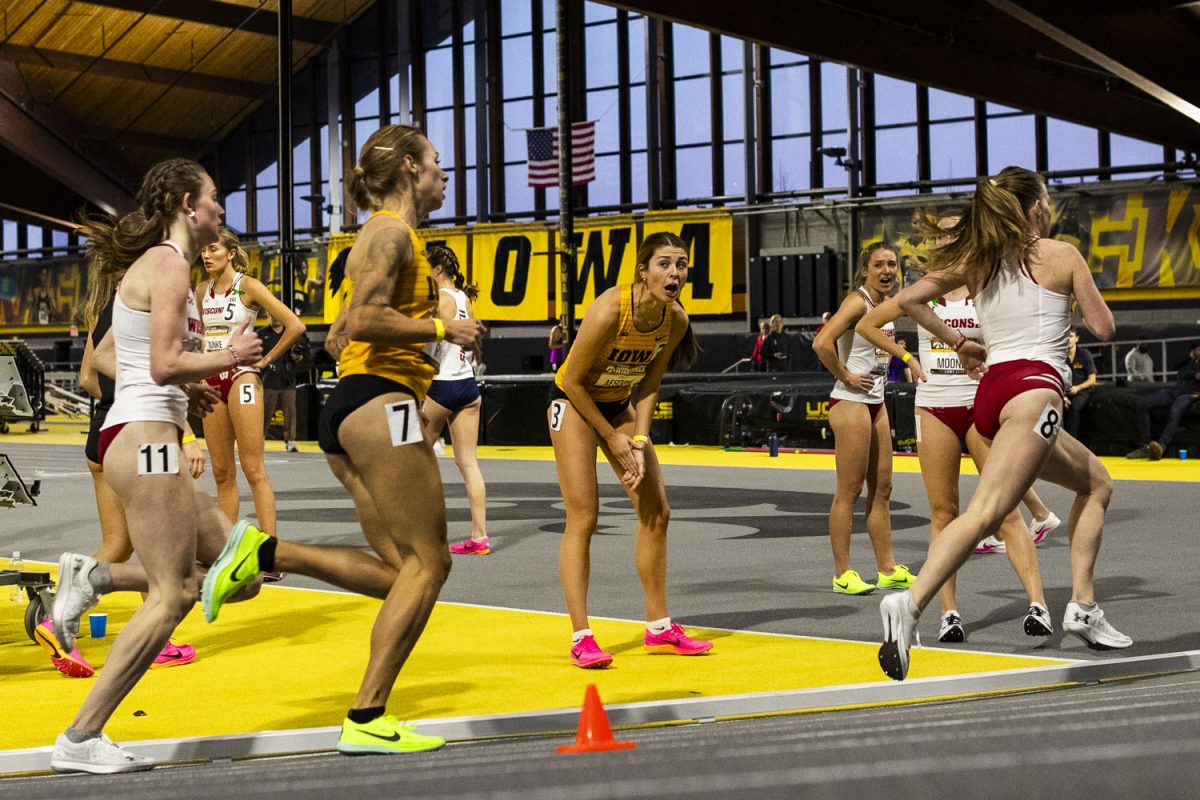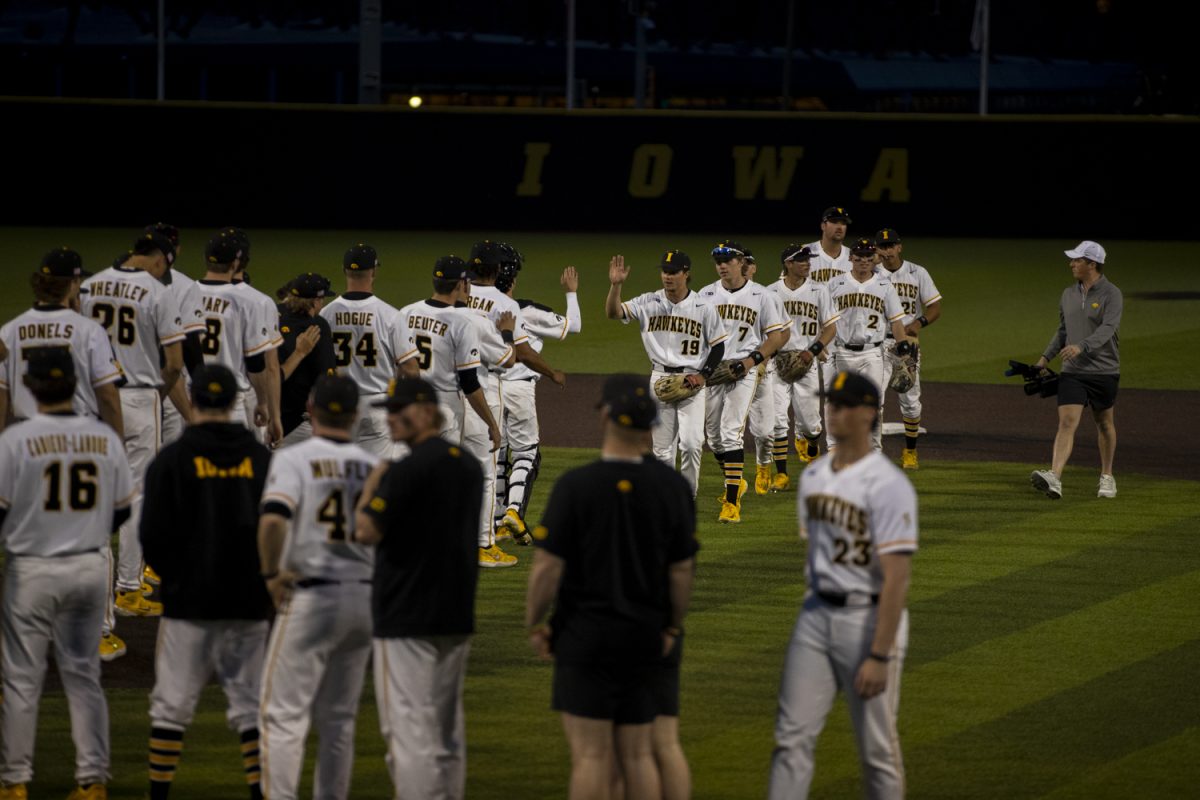
All football positions have learning curves. And a lot of that learning happens behind the scenes, away from the eyes of the fans and media, who often see the athletes only on game days, when their mistakes often garner more attention than their successes.
This is what makes the job of a defensive back so often misunderstood.
People see what occurs on the field on Saturday and don’t put much thought into how that deflection came into play or how the player made the right read because he read the scouting report or watched film or how he got his finger on the ball because he used the right technique, one he perfected in the off-season.
That off-the-field work has become crucial for Iowa’s secondary, which lists Desmond King, John Lowdermilk, Jordan Lomax, and Greg Mabin as starters. It’s the kind of work that the Hawkeyes hope will come to the forefront when they take the field.
“The first thing we always talk about is that they have to be tough football players, they have to be smart and give great effort,” defensive coordinator Phil Parker said. “That’s what we start with, the whole base of our defense, you have to be disciplined.
“The more you can teach these guys and understand the game of football, the better players they become.”
Iowa has fielded a lot of great defensive backs over the years. But before any of them were great, they faced a learning curve. Some struggled with it more than others, but they all faced it.
“Bob Sanders couldn’t backpedal when he got here. But obviously he did a good job in the NFL,” Parker said, who before acting as defensive coordinator was the defensive-back coach at Iowa for 13 years. “… Every guy that I had here, it took time.”
That learning process takes place both on the field at practice and often in the film room, where Lowdermilk said the biggest learning curve occurred as he learned not only what to watch but how to watch it.
“There’s a lot of mental things that go into it,” he said. “It’s definitely not just physical. That might be something a lot of people don’t realize.”
That’s not to say that learning can’t occur on the field in front of a packed stadium, because that’s exactly what King, now a sophomore, had to do last season when he was thrown into the fire after Lomax’s injury in the season-opener.
King picked up things on the fly, and now he returns as arguably the best returning secondary player for Iowa.
However, the learning is never done.
“Just coming off that season, and all the tremendous games we had, even in the losses, that I still need to improve, and there’s more room for me to improve,” he said.
Iowa’s pedigree, particularly Parker’s, speaks for itself when producing NFL talent in the secondary.
“Once they catch on, they spend a lot of time in the film room, understanding what’s going on,” Parker said. “And the more experience you have, and the more knowledge you have, the faster you can play.”






